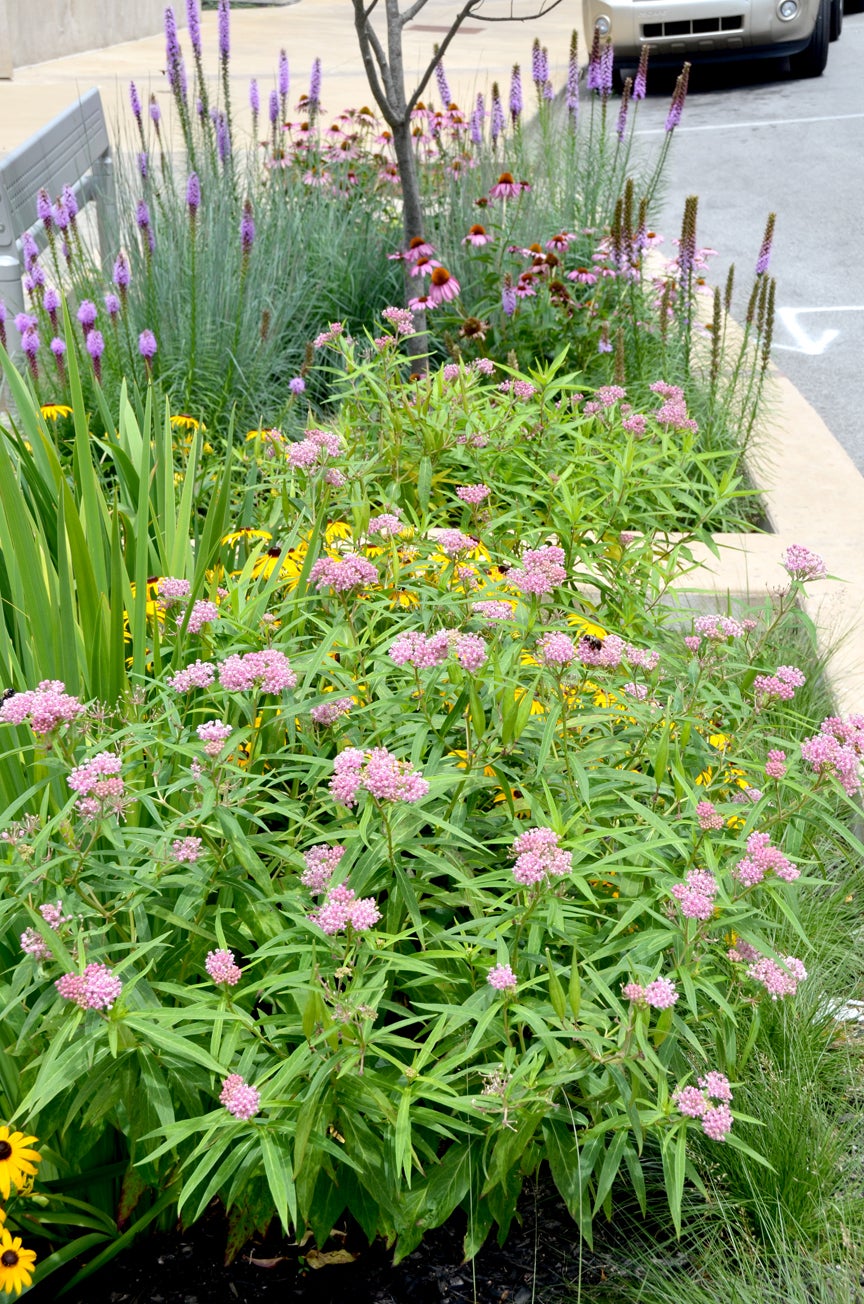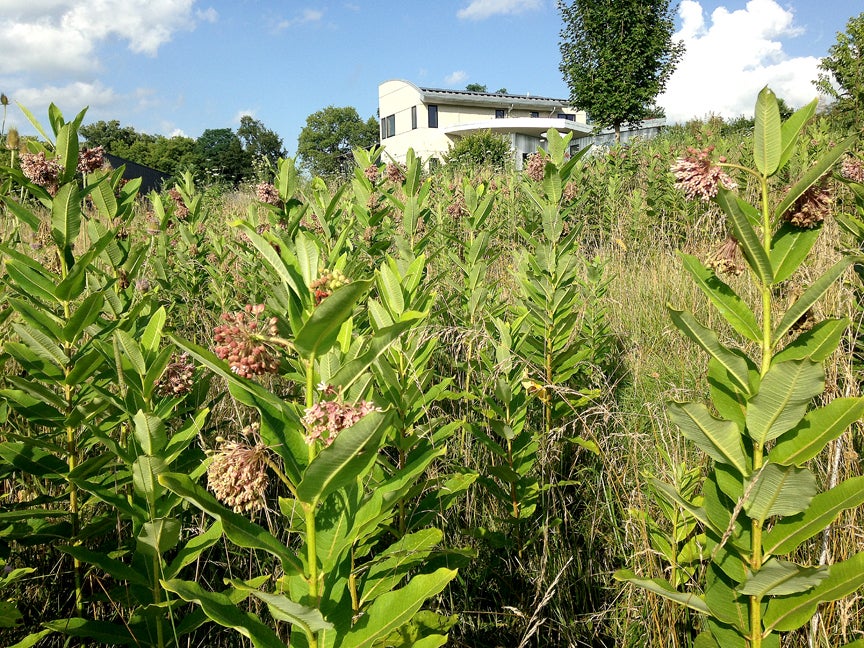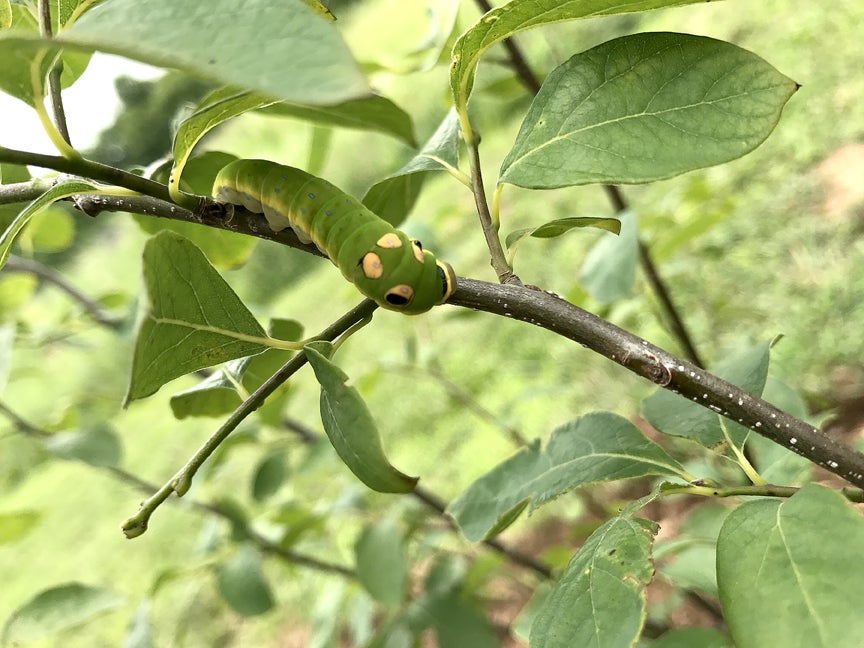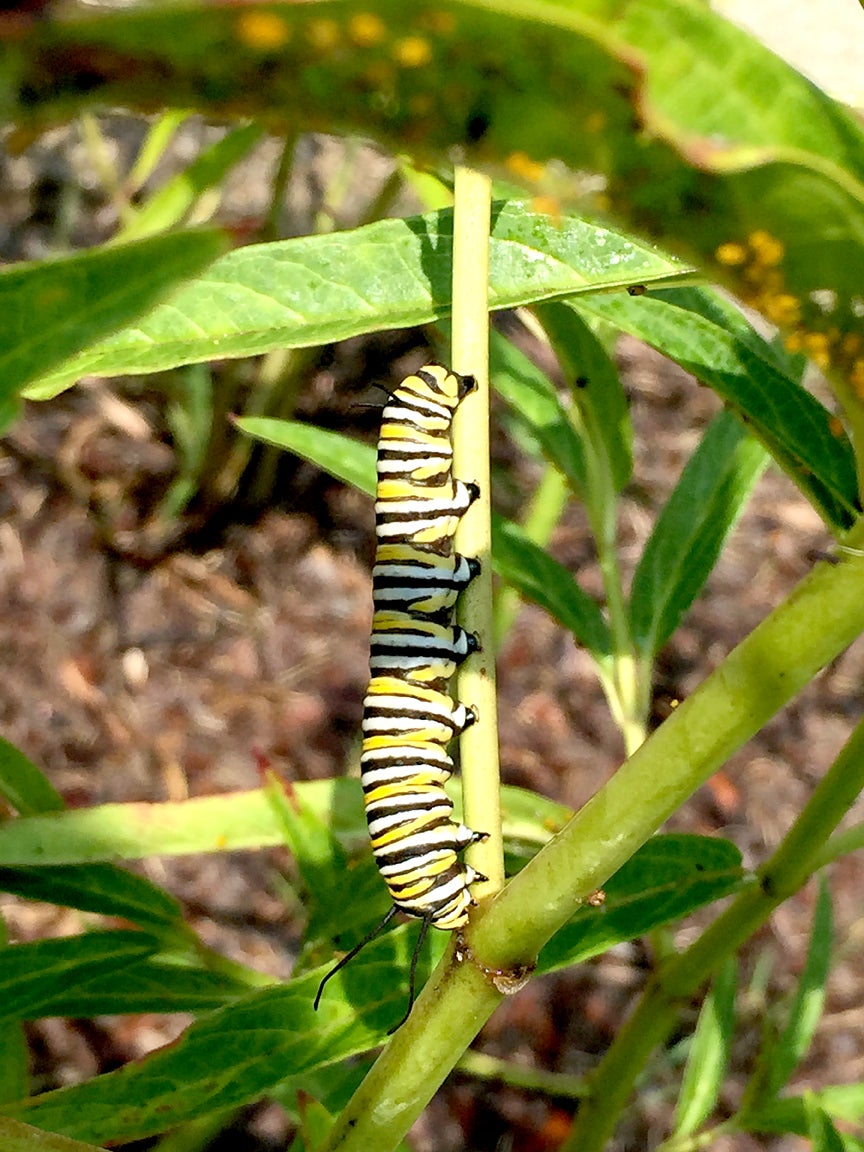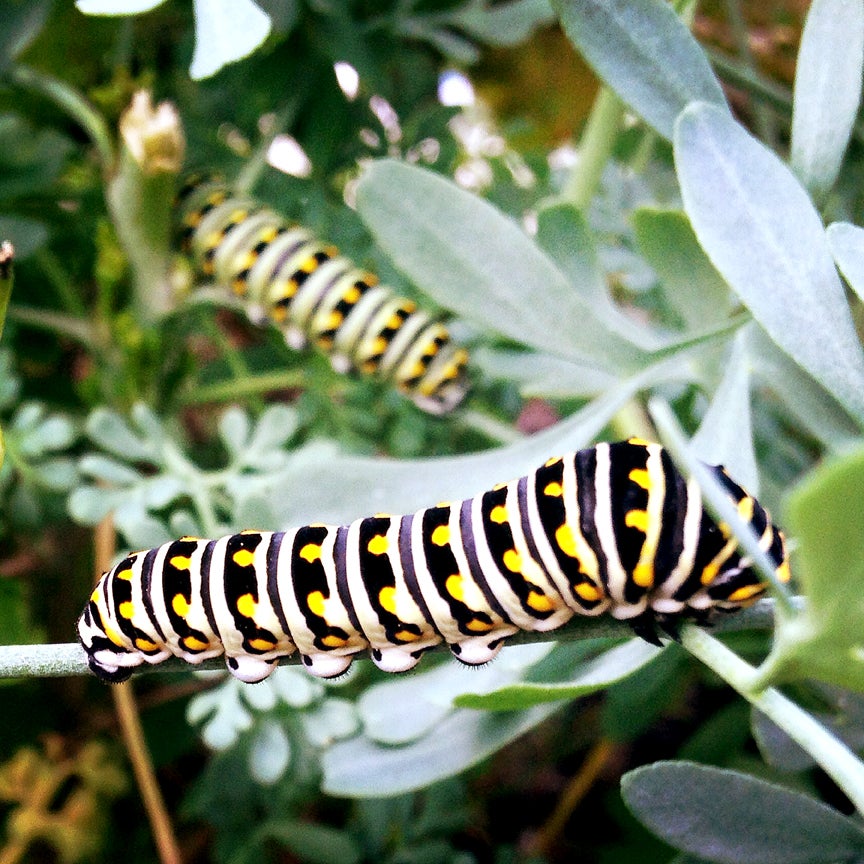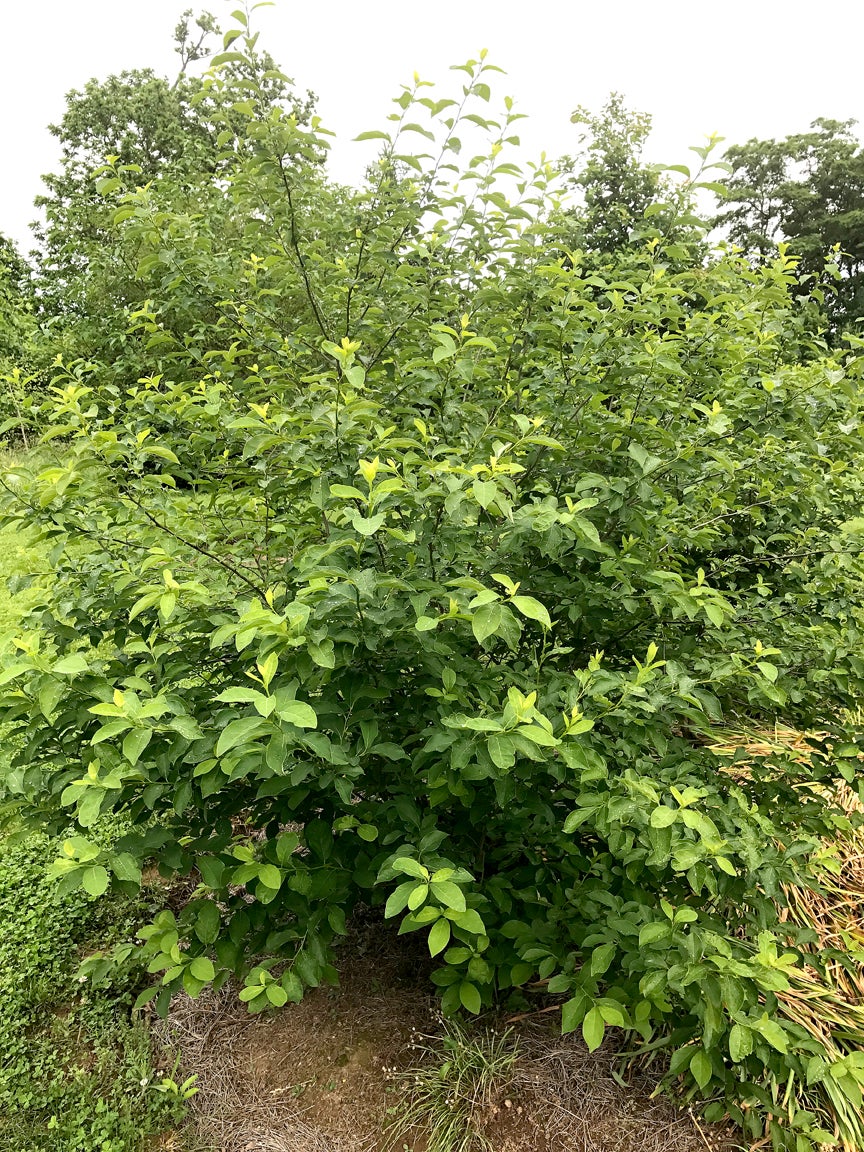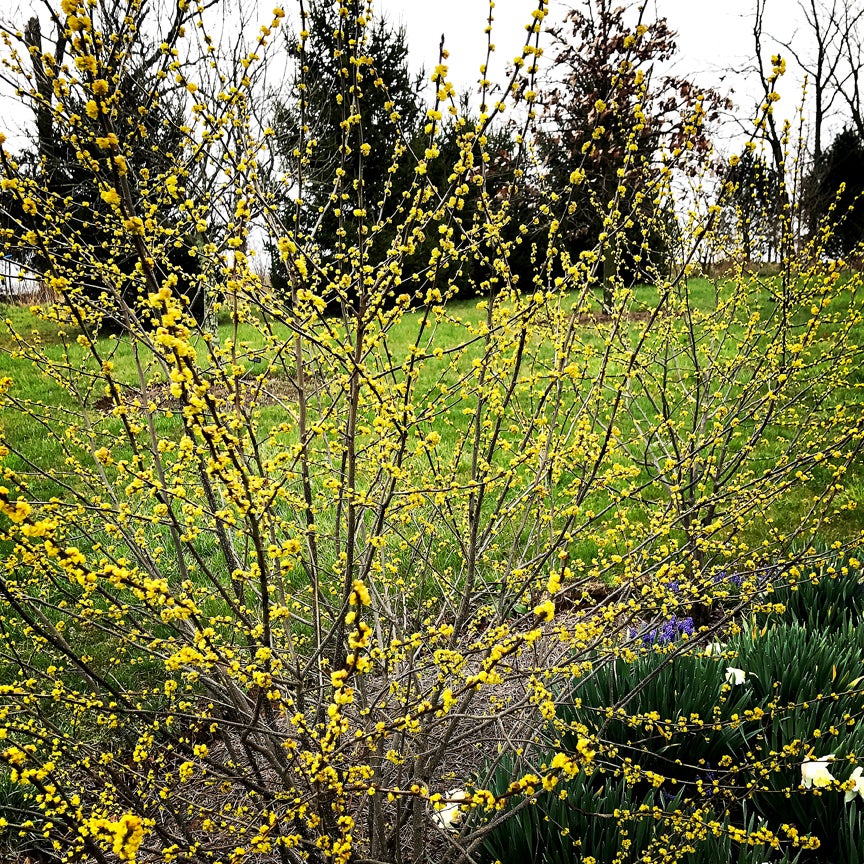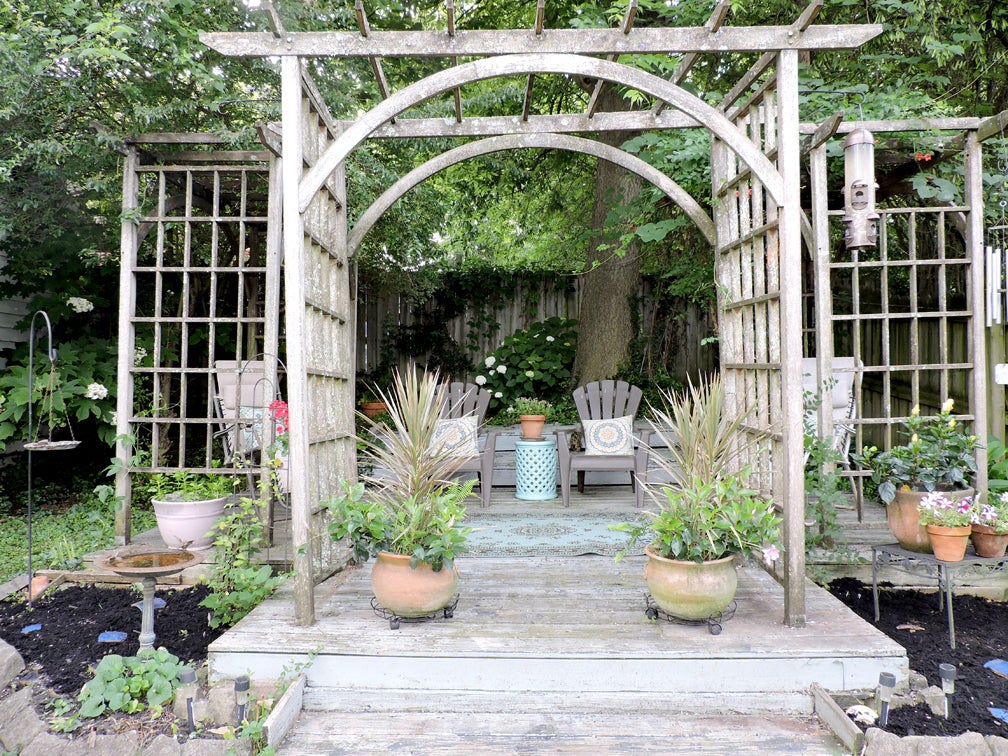You can plant a variety of blooming flowers and shrubs to attract butterflies, but it is only with host plants that butterflies and moths exist.
Natural habitats are often destroyed for development and agriculture, are overtaken with invasive species and are otherwise in need of repair. Every parcel of land, regardless of size, gives us the opportunity to restore these habitats. Host plants are plants that have co-evolved with specific butterflies and moths, where the eggs are laid on species-specific plants and the larvae eat the leaves to become caterpillars.
There are many varieties of milkweed, but the most effective in hosting the magnificent monarch butterfly is swamp milkweed, asceplias incarnata, in my experience. We have fields of common milkweed, but the caterpillars really enjoy the swamp milkweed, devouring and defoliating a plant in no time. I suspect this is the case because the native range of swamp milkweed is greater than any other milkweed.
Other milkweeds are wonderful too, such as common milkweed (asclepias syriaca), butterflyweed (asclepias tuberosa), purple milkweed (asclepias purpurascens), white milkweed (asclepias variegata), whorled milkwed (asclepias verticillata) and green milkweed (ascelpias viridis). Swamp milkweed also attracts aphids, so keep an eye on them and remove.
Native grasses support a variety of winged creatures too. Switchgrass (panicum virgatum) and little bluestem (schizachyrium scoparium) are hosts for several skippers. Grasses provide structure and movement to the garden, as well as vital nutrition for growing caterpillars.
Spicebush (lindera benzoin) hosts several swallowtail species. The spicebush swallowtail butterfly has a beautiful black body with shiny black wings fading to blue or green with orange and white spots. The cute, cartoonish caterpillars are one my personal favorites to find in the curled up leaves of a spicebush shrub. Spicebush is also a host plant for the promethera moth, tiger and zebra swallowtail butterflies, along with several other plants that can also act as hosts.
Many native trees are also host plants. However, the hackberry and the hornbeam host more butterflies than others. The hackberry (celts occidentals) isn’t commonly thought of as an ornamental tree, though it is available in nurseries and through the landscape trade. The hackberry is a common volunteer tree, is very hardy and produces fruit to attract birds. It supports the tawny emperor, snout, hackberry, mourning cloak and anglewings butterflies.
Hornbeam (carpinus carolinians), also known as musclewood, is a common native found in the forest and in the landscape trade. In addition to being hardy, it is also a beautiful host tree. The zebra swallowtail, tiger swallowtail, white admiral and the red-spotted purple butterflies all host on this native tree.
There are many more native host plants that are vital to butterflies and moths. If you select any native plant, chances are that an insect, butterfly or moth species rely on that plant. So, get planting!
Andrea Wilson Mueller, APLD is the owner and designer at Inside Out Design, LLC, a local landscape and hardscape design-build company. As the first and only APLD certified landscape designer in Kentucky, she specializes in complete outdoor spaces, as well as native and creative gardens, www.insideout-design.org.

